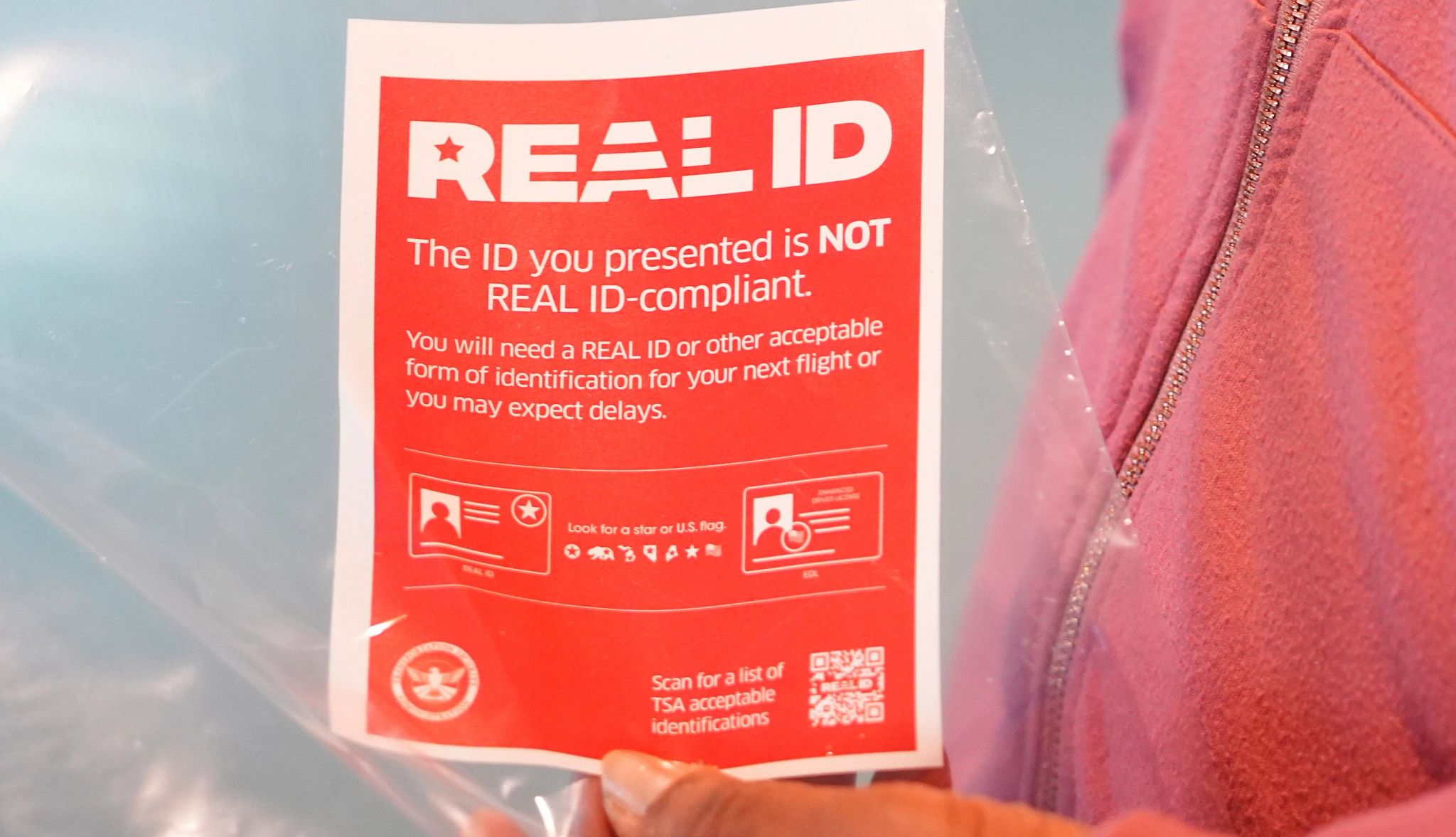AARP Hearing Center


The neighborhood grocer thinks survivor benefits are too low. An office worker believes spousal benefits are too high. At the gym, workout buddies weigh the fairness of increasing taxes on high earners, while the TV station hosts a debate on raising the retirement age.
All over “Townsville,” from the post office to the park to the coffee shop, the fictional denizens are focused on a very real issue — the looming shortfall in Social Security funding and how to avert it.
The imaginary city is the setting for the Social Security Challenge, a web app developed by the American Academy of Actuaries to help inform the public about, well, the Social Security challenge, and to engage it in crafting a solution.
According to the latest projections from Social Security’s trustees, the trust funds that pay out benefits will deplete their cash reserves by 2034 unless Congress acts to stabilize the program’s finances by reducing costs, boosting revenue or a combination of both. Absent that, Social Security will only be able to cover about 80 percent of scheduled benefit payments from the payroll taxes it collects each year.
In the Social Security Challenge, you tour Townsville and listen as locals air their concerns about the program’s future and weigh various proposals to restore its fiscal health and preserve its social purpose. They earnestly address how it could affect them and their families if Congress opts to reduce (or expand) benefits, tighten eligibility, hike payroll taxes, tinker with the cost-of-living adjustment (COLA) or enact other changes.
The tour culminates with the challenge of the app’s title, an opportunity for players to select from among nearly three dozen policy options to create their own reform plan. Using the latest data from Social Security’s own actuaries, the tool tracks how much your choices, individually and in combination, would close the fiscal gap.
Neither the app nor the actuaries’ group takes a position on any reform option or set of options. Rather, amid what has been an often partisan debate over how to shore up Social Security, they aim to show there are alternatives to “the extremes of ‘benefits are going to be cut 20 percent’ or ‘taxes are going to be raised significantly,’ ” says Linda Stone, a longtime corporate actuary who serves as the academy’s senior pension fellow.
“Showing that range of options, having people engaged in understanding the system so they understand the levers that can be changed to get to the solvency issue, we thought, would be beneficial,” she says.




































































More From AARP
Social Security Calculator
Use the AARP Social Security calculator to estimate your benefitsWhat Were the Hottest Baby Names of 2022?
Social Security Administration releases annual listNew Poll: Most Oppose Social Security, Medicare Cuts
Majority support raising taxes on the rich to keep Medicare solvent